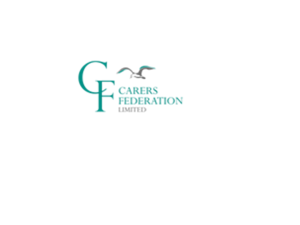Active Listening written transcripts
More than just ‘listening’
Active Listening means taking on board more than just the words being spoken to you. It involves observing your client holistically and taking meaning from other cues.
Body Language
It has been suggested that as much as 55% of understanding someone is body language. How someone is holding themselves, how quickly or slowly they are moving, and their facial expressions are all important. A lot of what someone’s body is doing may be subconscious and sometimes more reliable that than the words they are saying!
Tone of voice
Likewise, some studies state that 38% of communication is dependent on tone of voice. Is someone speaking quietly, carefully, or loaded with an emotion? It is important to pay attention to tone and question why someone might be speaking in a certain way.
Reflection
To show someone you are actively listening, you can nod, prompt or make affirmative noises. It is essential the person feels you are interested in what they are saying, and that you do not interrupt them.
Ultimately, take all of this into account
As an advocate, you are obliged to record what someone is communicating in your case records and make representations on the client’s behalf. It can be vital to note the less explicit communication you have observed, especially if it is inconsistent with what someone is communicating verbally or to other professionals. Advocates are non-judgemental, so the focus is on collecting accurate content instead of offering an opinion or agreement. Knowing this can often help advocacy clients feel confident to give the advocate an opportunity to listen.
